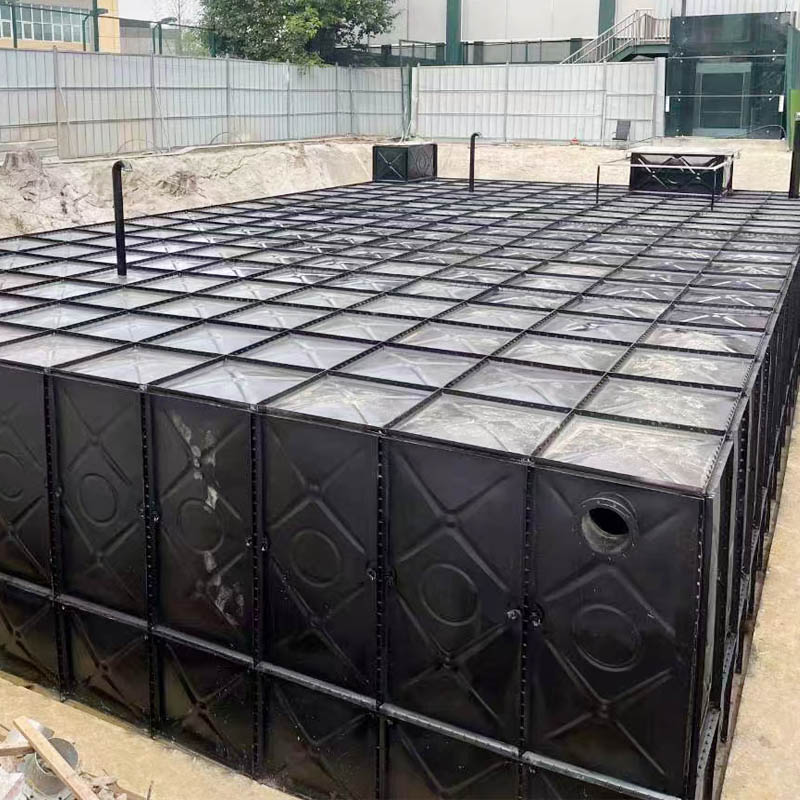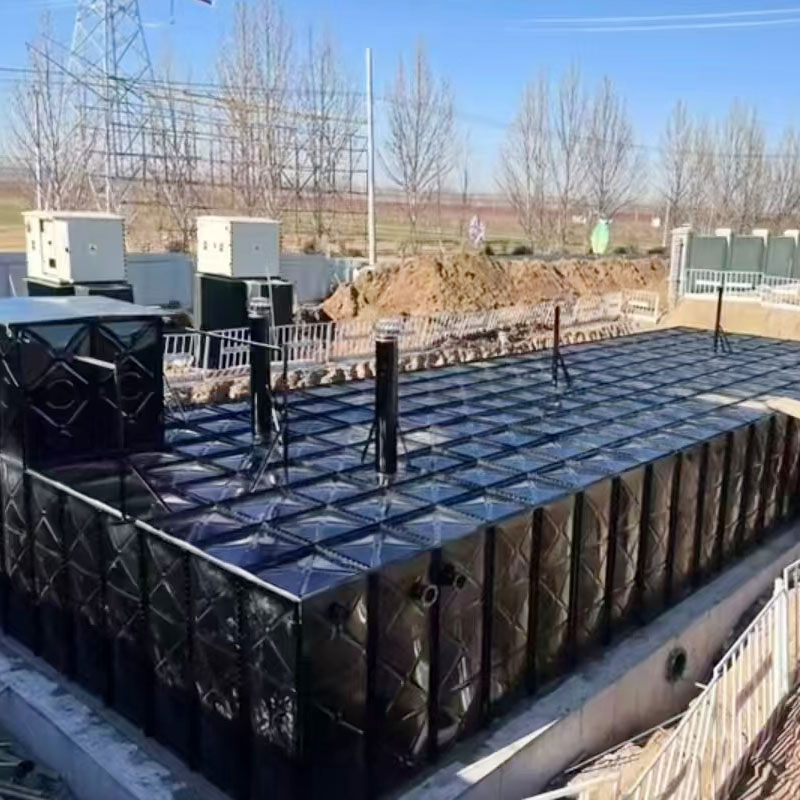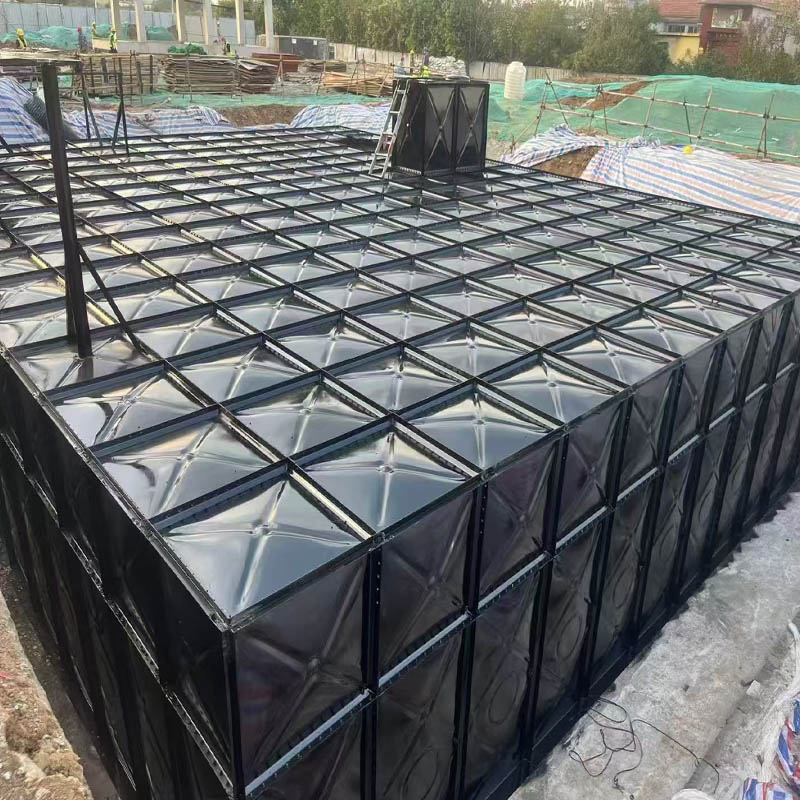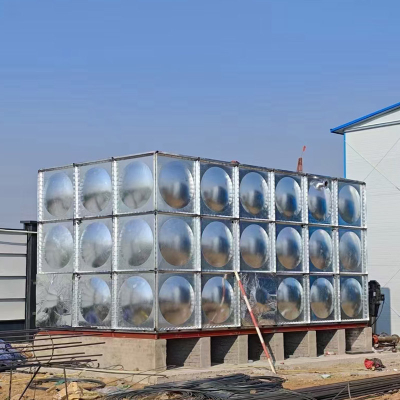Underground Fire Water Tank
Introduction to Underground Fire Fighting Water Tank:
Underground fire water tank is an underground water storage facility designed specifically for fire protection systems. Its main function is to provide sufficient water source in case of fire, ensuring the smooth progress of firefighting work. The buried fire water tank saves ground space and effectively prevents the tank from being affected by the external environment by being buried underground. It is made of food grade resin and is pressed under high temperature, high pressure, and mechanical pressure. In terms of manufacturing process, the method of machine pressing is adopted.As a device for storing water resources, buried water tanks are widely used in buildings, parking parks, and other places. It can effectively utilize underground space and provide practical water storage solutions.
Structural design of buried fire water tank:
The structural design of the underground water tank is crucial to ensure its stability and safety. Here are some common design points and suggestions:
1. Material selection: Choose materials that are corrosion-resistant, pressure resistant, and wear-resistant, such as fiberglass and concrete Soil, etc. Select appropriate materials based on the actual needs and usage environment of the
water tank to ensure its stability and durability.
2. Reinforcement design: Adding appropriate reinforcement bars to the structure of the water tank can increase its strength and stiffness, and improve its overall stability.
3. Anti leakage design: Suitable anti-seepage measures such as sealing gaskets, waterproof coatings, etc. should be taken in the structure of the water tank to prevent water leakage from the water tank and reduce the bearing capacity of the
underground structure.
4. Drainage system: Design an effective drainage system that can promptly remove accumulated water from the water tank, reducing the impact of load and pressure on underground structures.
5. Stability analysis: Conduct stability analysis of the water tank and evaluate its performance under different loading and usage conditions Stability and safety under the item. Based on the analysis results, the structure can be optimized and
adjusted to ensure its stability.
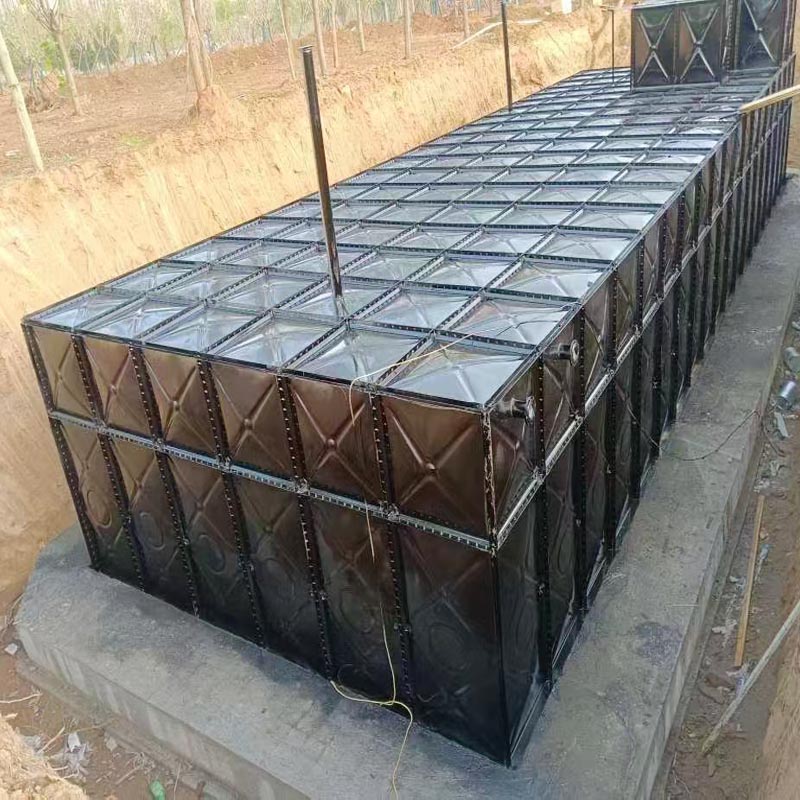
Advantages of buried fire water tank:
The buried fire water tank has excellent physical properties, with higher specific strength than steel, cast iron, and plastic. Its thermal conductivity coefficient is only 0.5 of steel, making it a good insulation experience for heat and electricity. The
fiberglass buried water tank has great design flexibility, excellent wall structure performance, and a product working temperature between -50 and 200 ℃. It also has the characteristics of light weight, high strength, anti-seepage, insulation, non toxicity, and smooth surface.
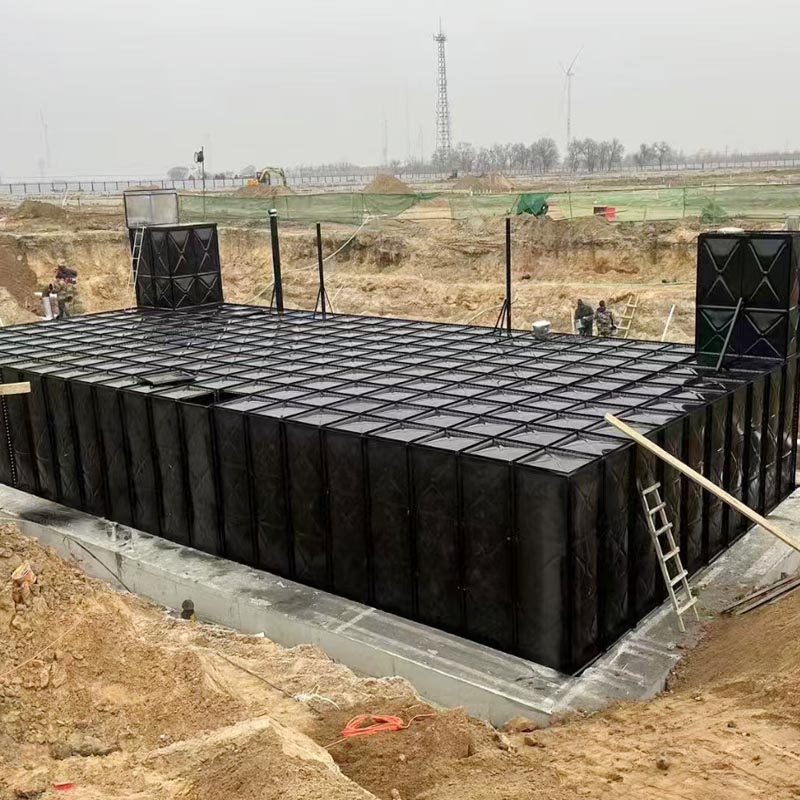
Operation and maintenance of buried fire water tank:
To ensure the long-term stability and safety of buried water tanks, regular operation and maintenance are necessary. Here are some suggestions and guidance:
1. Regular drainage: Regularly drain the accumulated water in the water tank to prevent overloading of water and affecting the ground The safety of the lower structure.
2. Check the reinforcing ribs: Regularly inspect the reinforcing ribs of the water tank for damage or corrosion, and promptly Repair or replace.
3. Water quality monitoring: Regularly monitor the water quality in the water tank to ensure that it meets the usage standards. If necessary, carry out water quality treatment and adjustment.
4. Anti leakage inspection: Regularly inspect the anti-seepage measures of the water tank, such as sealing gaskets, waterproof coatings, etc Whether it is intact and repaired or replaced in a timely manner.
5. Regular maintenance: Conduct regular maintenance, including cleaning the water tank, inspecting valves and pipelines, etc.
